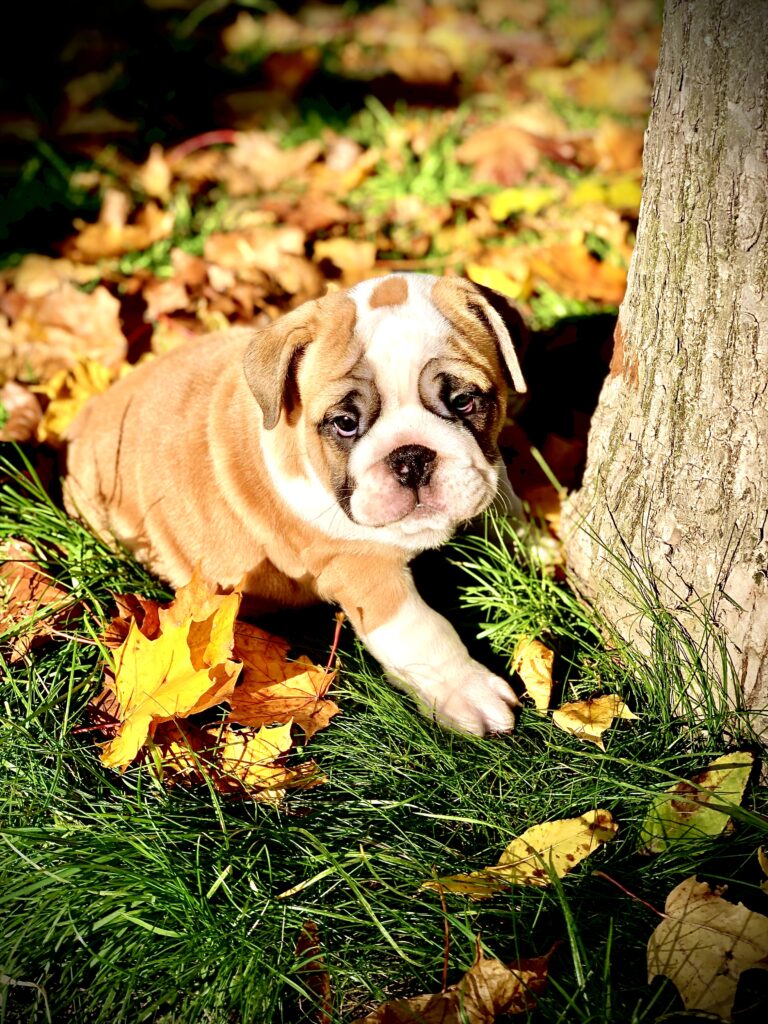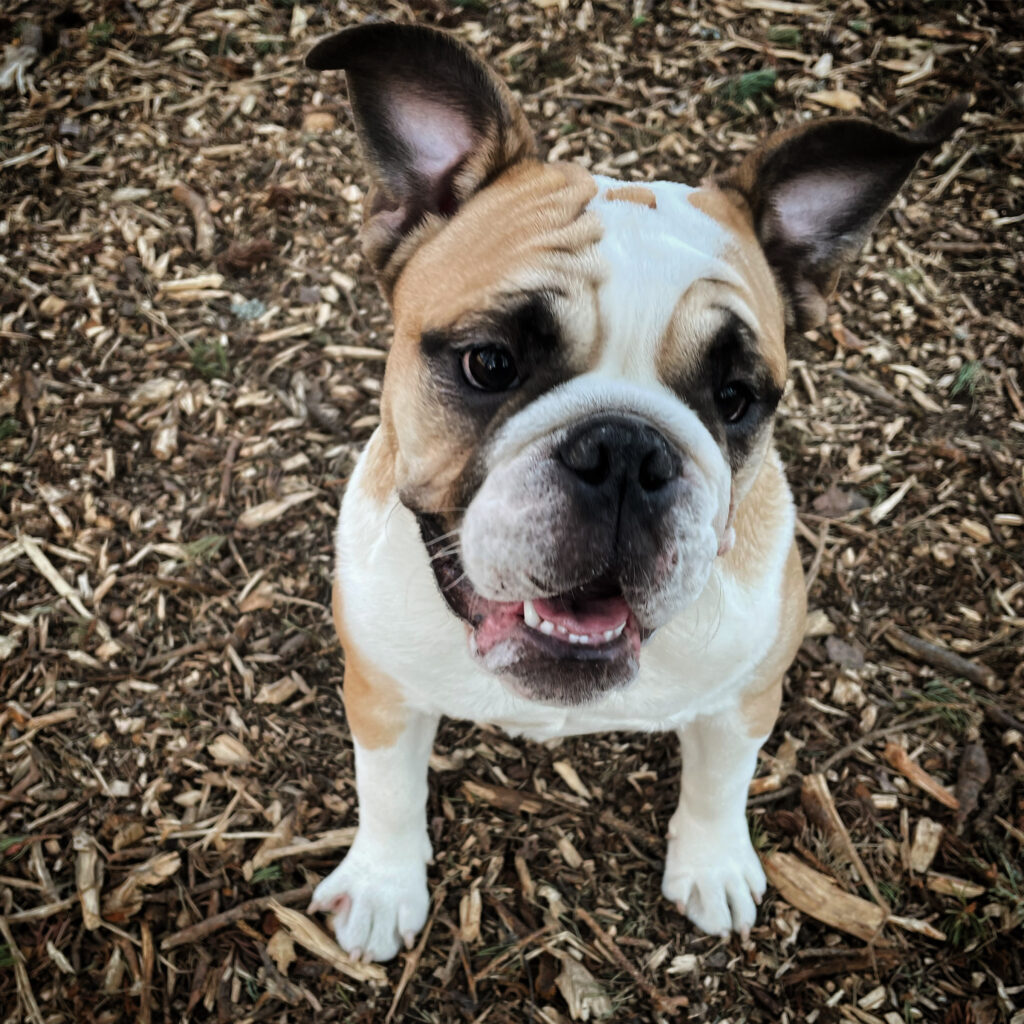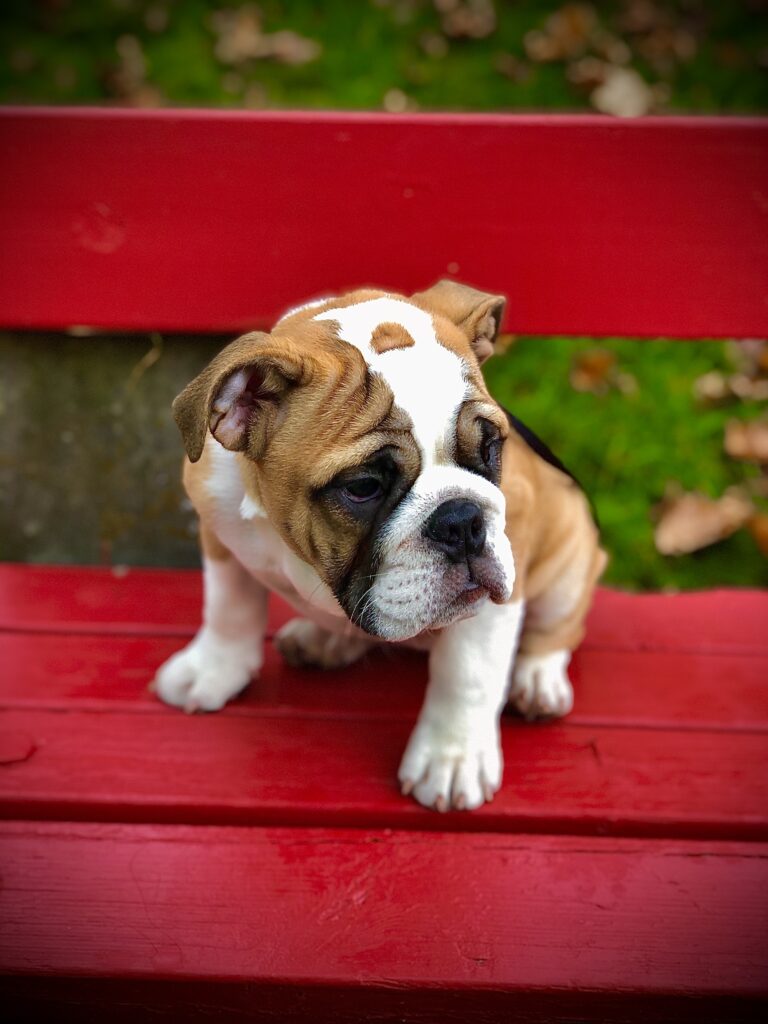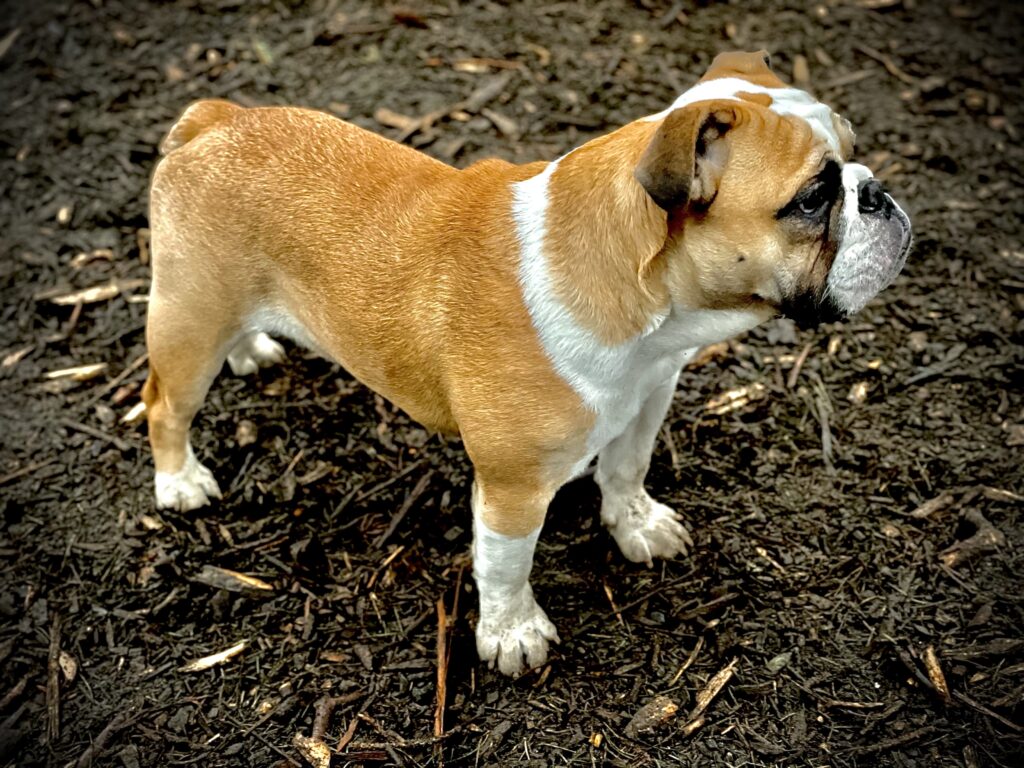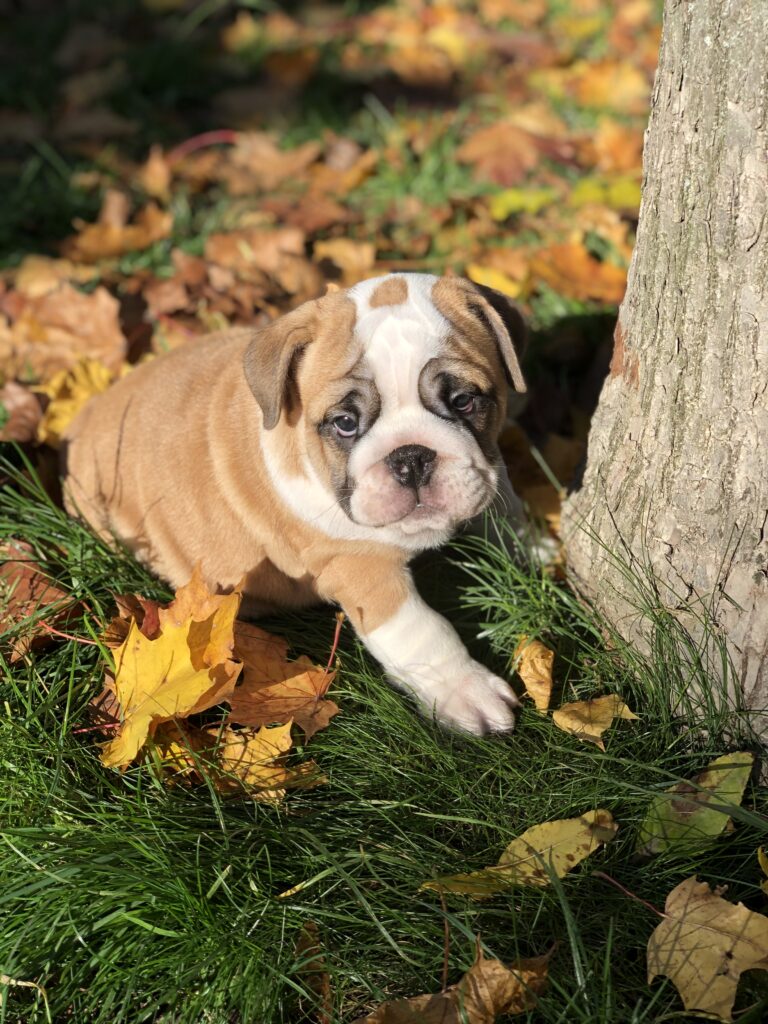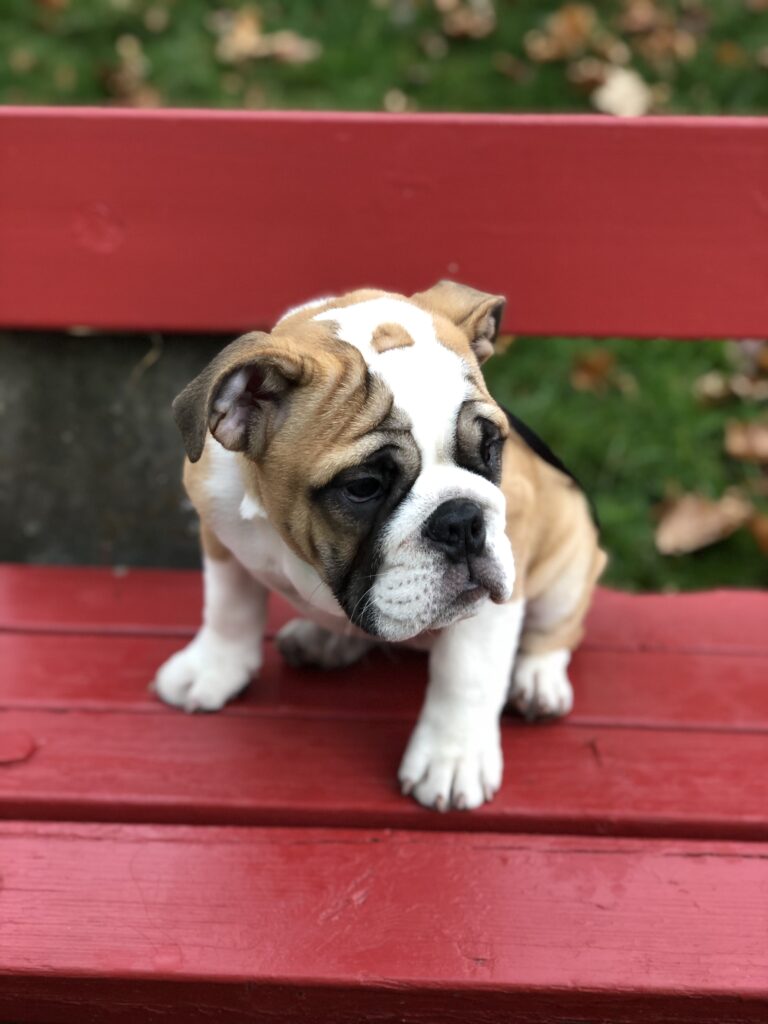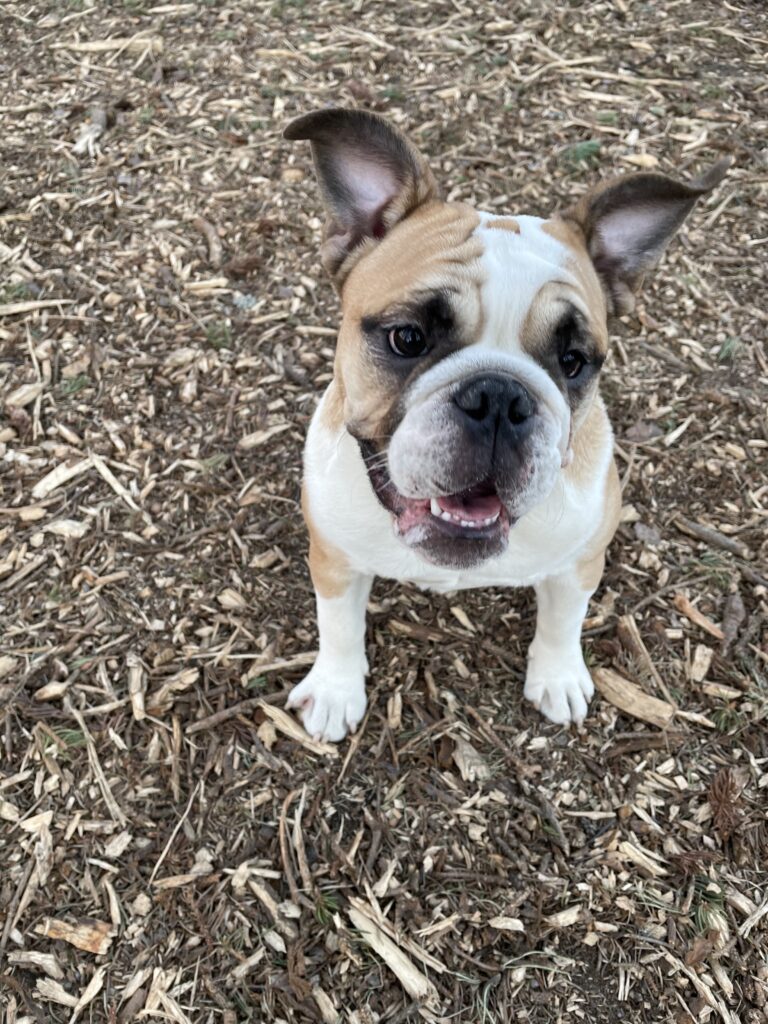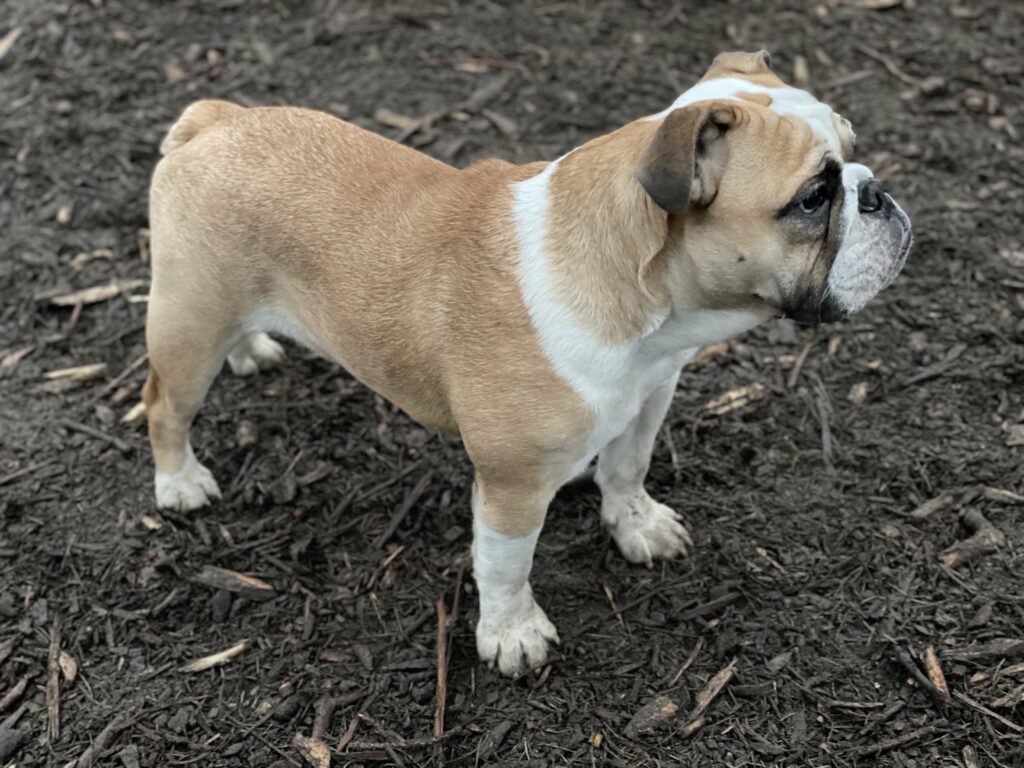My interest and love for animals has been a lifelong passion. I fell in love at the first meet and greet nine years ago when I adopted my late English bulldog. The passing of my beloved friend Miss Rosey J led to the adoption of two other bulldogs, one French and one English. I find the breeds to be so incredibly interesting. The English bulldogs’ nonchalant attitude mixed with their stocky, wrinkly, grumpy appearance is so fascinating to have stomping around your house. On its own, the French bulldog is a silly, stubborn and active creature; paired with an English, I think they make the perfect bulldog pack.
